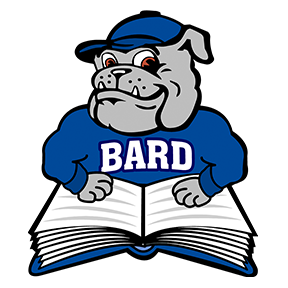Dual language immersion is a research-proven instructional approach that prepares students to think, read, and write in two languages, resulting in students becoming bilingual, biliterate, and bicultural.
Dual Language Immersion programs are additive, meaning that a child does not lose their native language but instead strengthens their native language and adds a second language.
Bilingualism and biliteracy prepare students to think more broadly and critically, results in higher language arts and math achievement and increases career pathways opportunities in adulthood.
Richard Bard's Dual Language Program follows a 50/50 model, meaning that half of a student's instruction time is in English and half in Spanish. At each grade level, the amount of instruction in English and Spanish remains the same (50/50) and is considered a "simultaneous literacy" model, as developing literacy in Spanish and English are focused on simultaneously. The 50/50 model requires a closely aligned curricular program where instruction in key content areas such as language arts and math so that the skills are not retaught in both languages but are built upon in each language.

